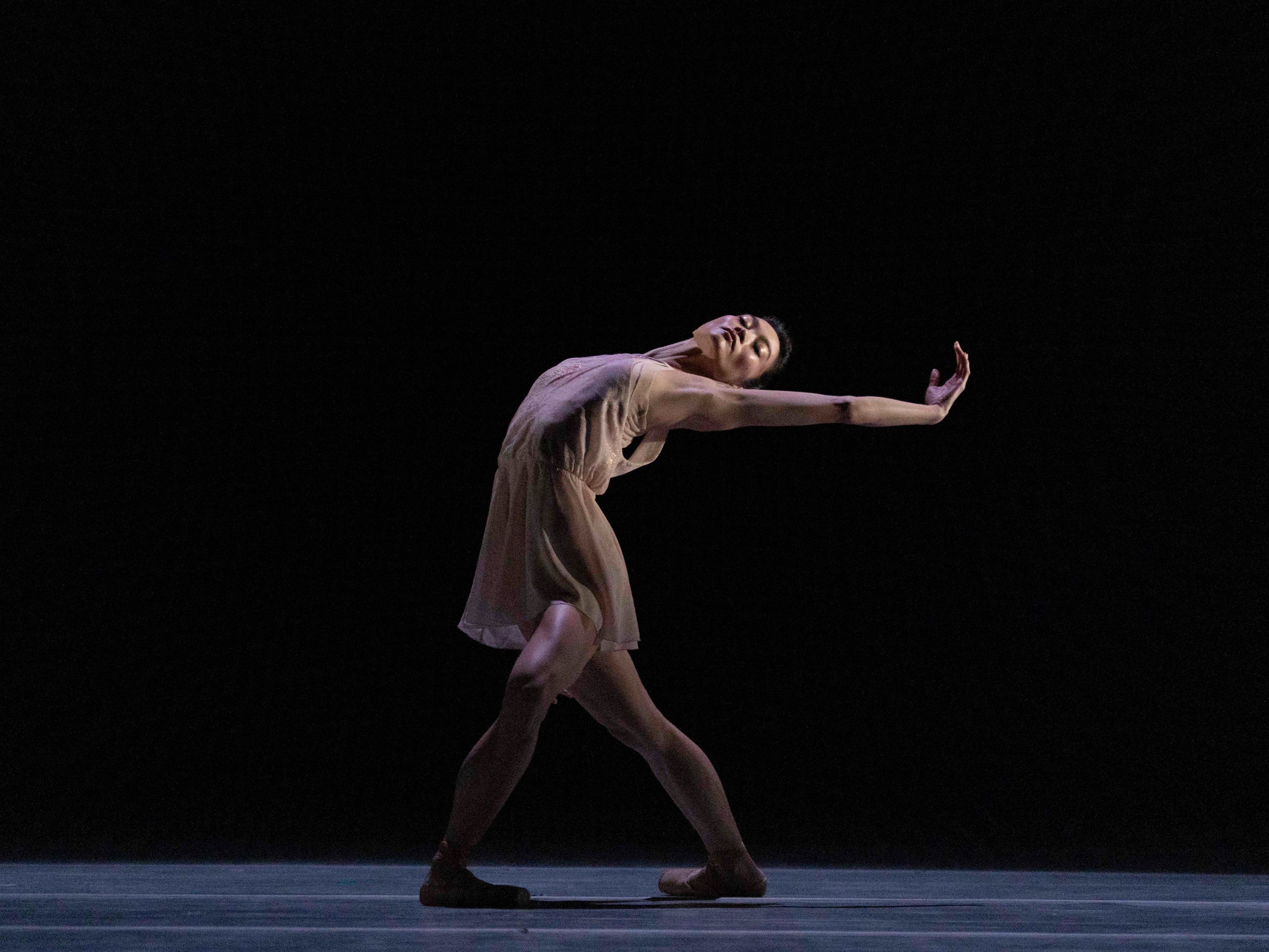The Royal Ballet review, Royal Opera House: The Weathering opens varied showcase
The Royal Ballet’s showcase of ‘The Weathering’, ‘Solo Echo’ and ‘Danse à grande vitesse’ has energy in some places, while feeling underpowered in others

The Weathering, Kyle Abraham’s new work for The Royal Ballet, floats in a hazy glow. Nine men and two women ripple through fluid moves, lit by onstage lanterns. It’s an introspective piece that could do more to tell you what it’s thinking about.
Abraham is in demand as a choreographer, with recent works for Alvin Ailey American Dance Theater and New York City Ballet. For his own company, he explored community, violence and loss in the heartfelt Pavement. The Weathering hints at melancholy or relationships, but the interactions stay abstract. The design is soft-edged, with warm lighting by Dan Scully. Karen Young dresses the dancers in clingy pastels, not uniform but with little contrast.
It opens at an unsettled, fidgety pace, with quick and dithery steps cutting across the longer lines of Ryan Lott’s serene score. As the work opens out, it finds its feet, with more vivid incident. Anna Rose O’Sullivan whirls herself offstage, and two men whirl straight back out again. Joshua Junker twists and turns on himself, but hands catch him at the last minute, just as he falls into the wings.
Abraham’s dancers are there to catch each other, but The Weathering doesn’t quite create an onstage community. There’s some tender male partnering, dancers winding around each other. Joseph Sissens and Calvin Richardson make a springy duo, bouncing off the brass and woodwind of the music. Fumi Kaneko is commanding in a slow, spacious solo.
Crystal Pite’s Solo Echo is a wintry work, with snow falling as seven black-clad dancers cling together or erupt into movement. Danced to movements from Brahms cello sonatas, it’s both spare and explosive.
There’s a ferocious energy to Pite’s choreography. Her images can have a near-cartoon edge: pistoning runs that stop dead, moments where a dancer falls splat. It’s a ballet full of connection and isolation, bold images with an emotional charge. When one person falls, the other dancers react in patterns, energy spilling out in jagged lines of movement. One dancer lies and moves at another’s feet, like a physical shadow.
Christopher Wheeldon’s DGV: Danse à grande vitesse should make a big finale, with its large cast and driving Michael Nyman score. This revival was underpowered, needing sharper rhythm and more momentum in the twisty duets.



Join our commenting forum
Join thought-provoking conversations, follow other Independent readers and see their replies
Comments